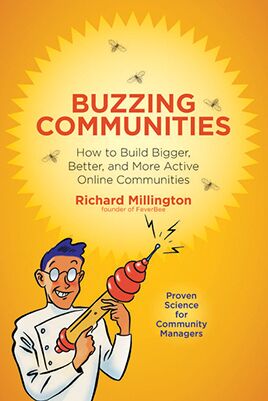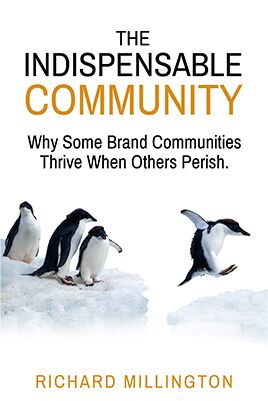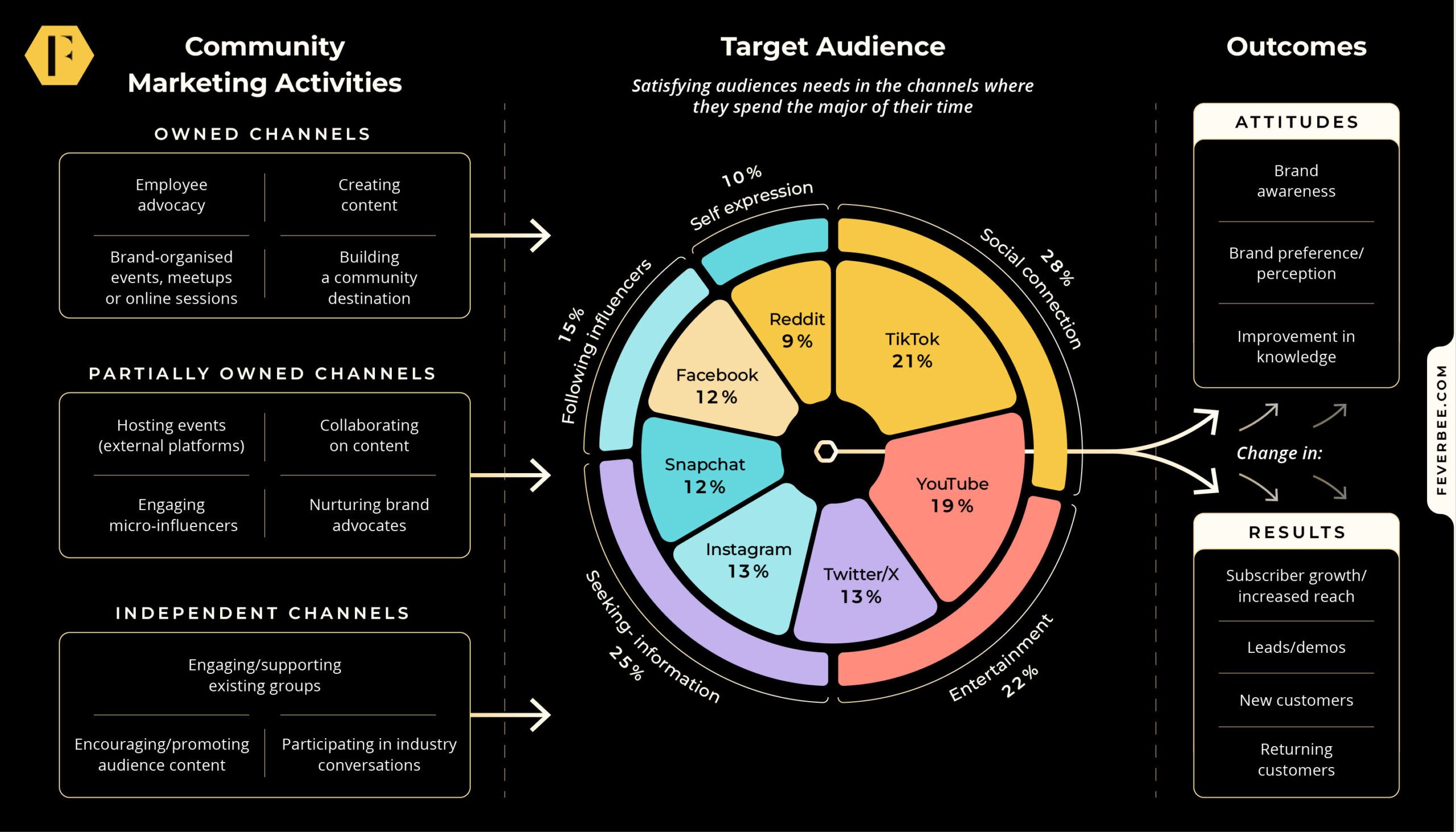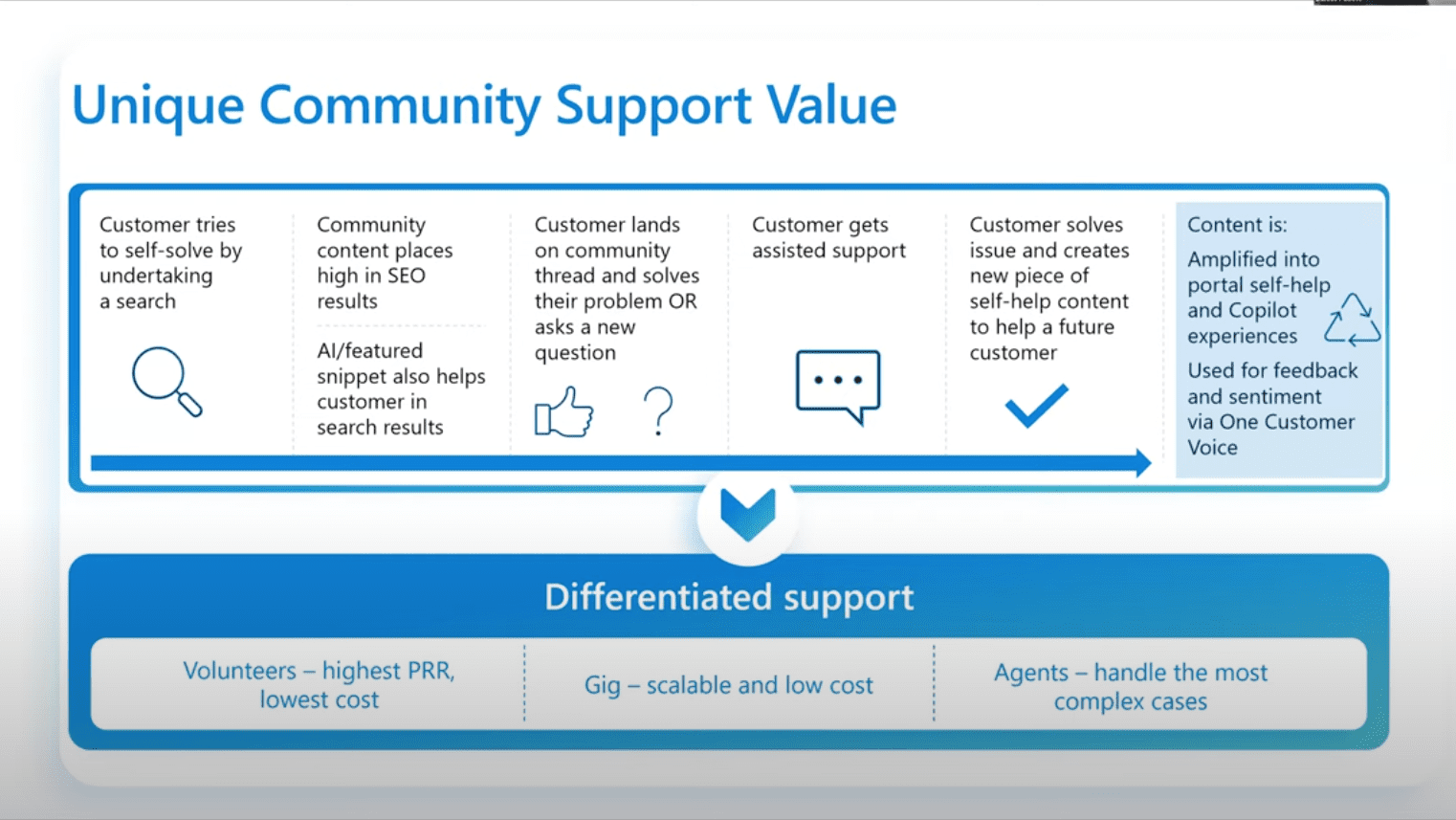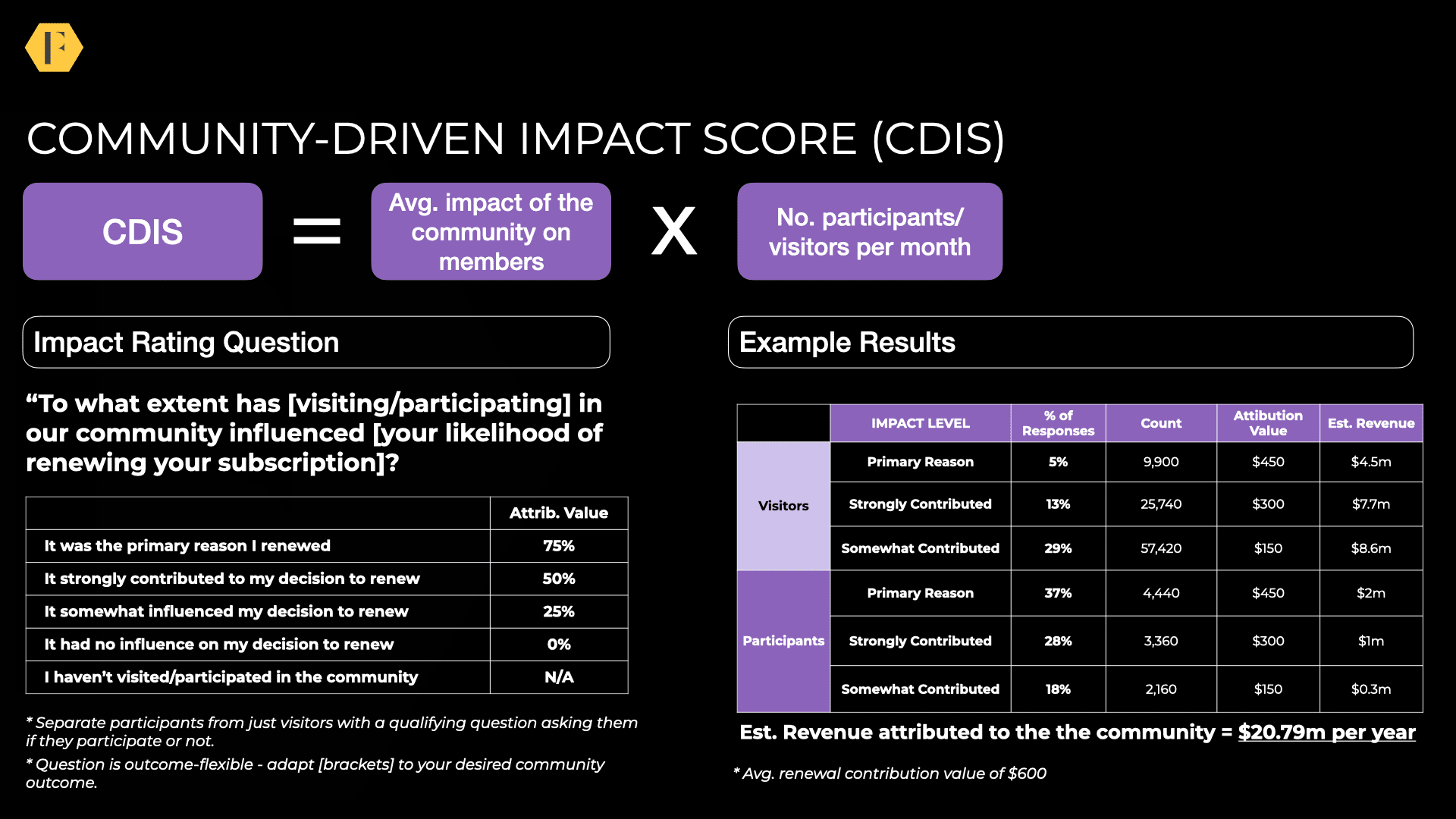If a gamification system is poorly designed, the same force which motivates members initially will demotivate them eventually.
In the beginning, it’s usually quite simple to quickly rise up the levels/collect new badges.
For example, let’s imagine each answer is worth 3 points, with a typical point system like that shown below you can see how people can rapidly advance:
- Level 1: 5 points (2 answers)
- Level 2: 10 points (4 answers)
- Level 3: 20 points (7 answers)
- Level 4: 40 points (14 answers) etc…
Answering 14 questions will probably only take a couple of weeks.
The danger here is people rapidly reach the maximum level (Salesforce, for example, allows a maximum of 50 levels). Therefore, most gamification systems make it increasingly difficult to advance to each new tier. At the higher end, this often means a system like:
- Level 44: 20,000 points (6,667 answers)
- Level 45: 25,000 points (8,331 answers)
- Level 46: 31,000 points (10,333 answers)
Each new level becomes increasingly less achievable (see the exponential curve). Advancing once took weeks and months. Now it might take years.
Sometimes, there simply aren’t enough questions in a community to make achieving a new level viable. I’ve seen communities with 20 to 30 questions per week have levels that are thousands of questions apart.
Worse yet, levels have less meaning. Do you really care if you’re level 47 or 48? Would advancing from level 94 to 95 have a big impact?
Due to our laziness and determination to ensure not enough members reach the top level, we design systems that eventually demotivate some of our previously most active members.
There are two better options here:
1) Power-ups. These enable members to accumulate points faster as they advance up levels. For example, being an MVP, attending events, or completing training courses might allow people to earn hundreds of points per month/attendance.
2) Points for beginners, badges for veterans. Use levels with far smaller increases until members reach the highest possible level and then use badges to reward members past the top-level (i.e. level 50). You can often create an infinite number of badges and missions that can be tailored towards the needs and desires of top members. This is far more scalable and sustainable. It’s also clear levels are to get newcomers up to speed quickly, badges are for top members.
Choose at least one (with care).

